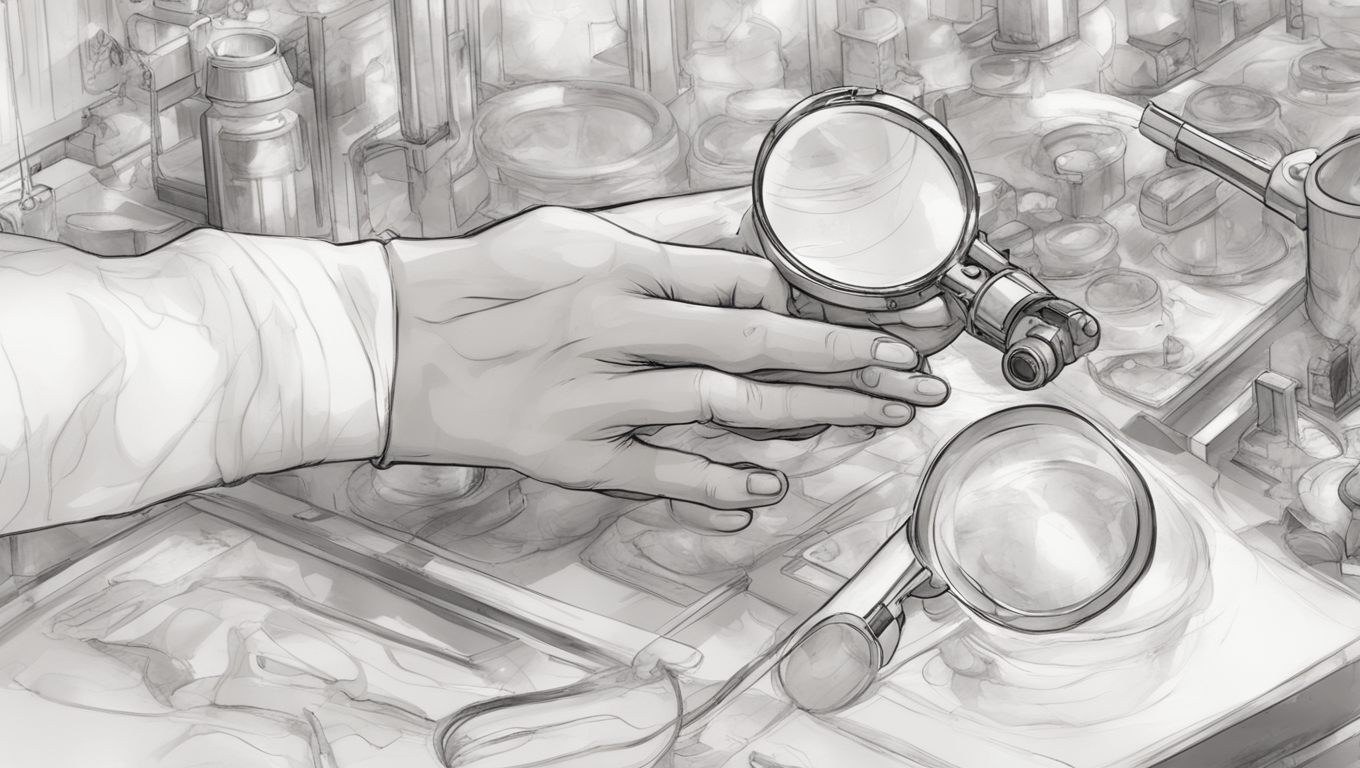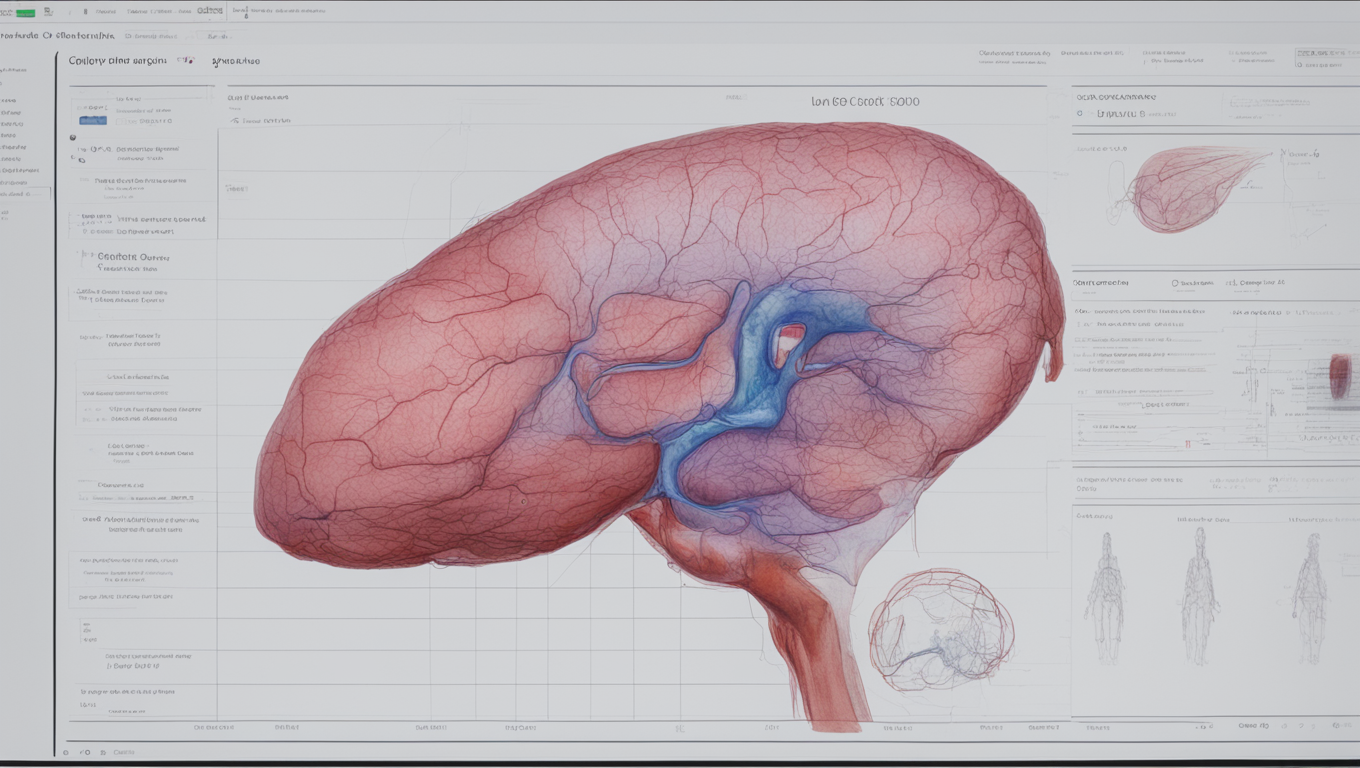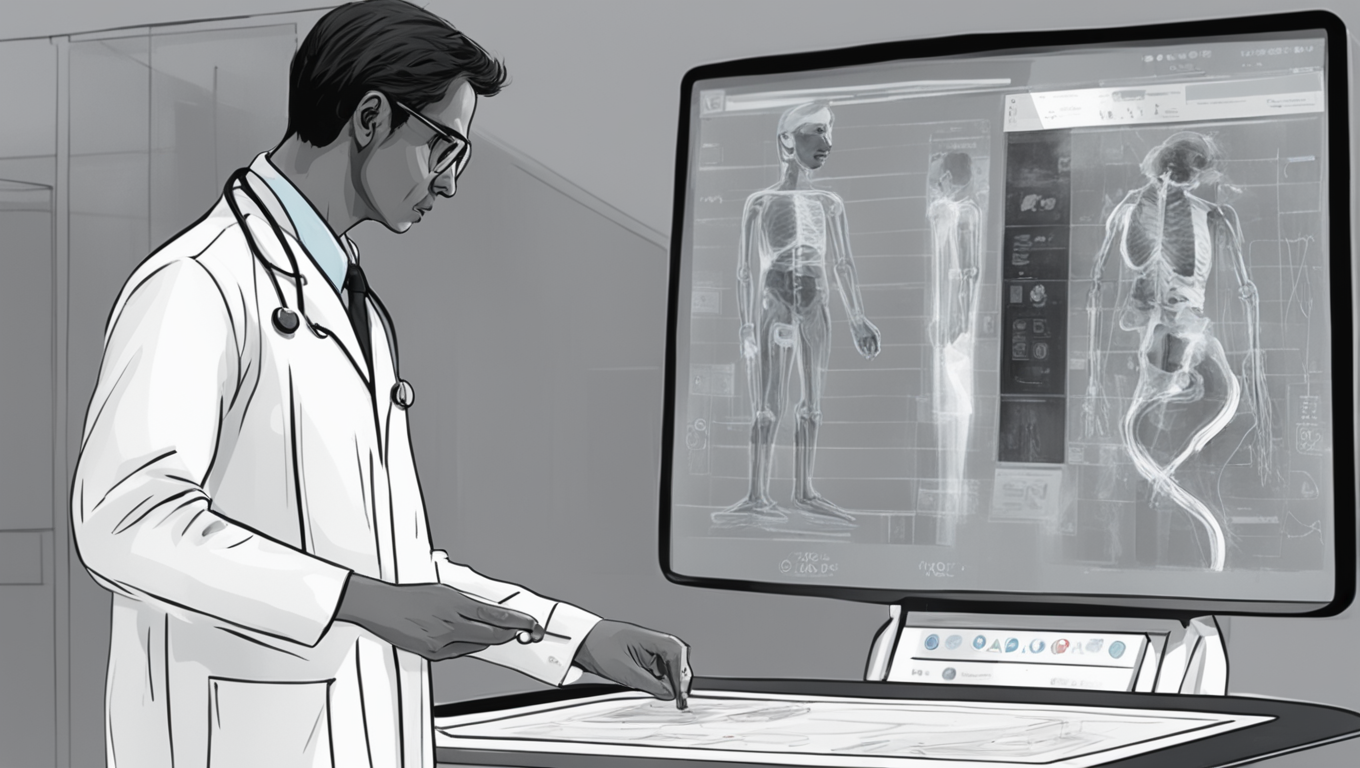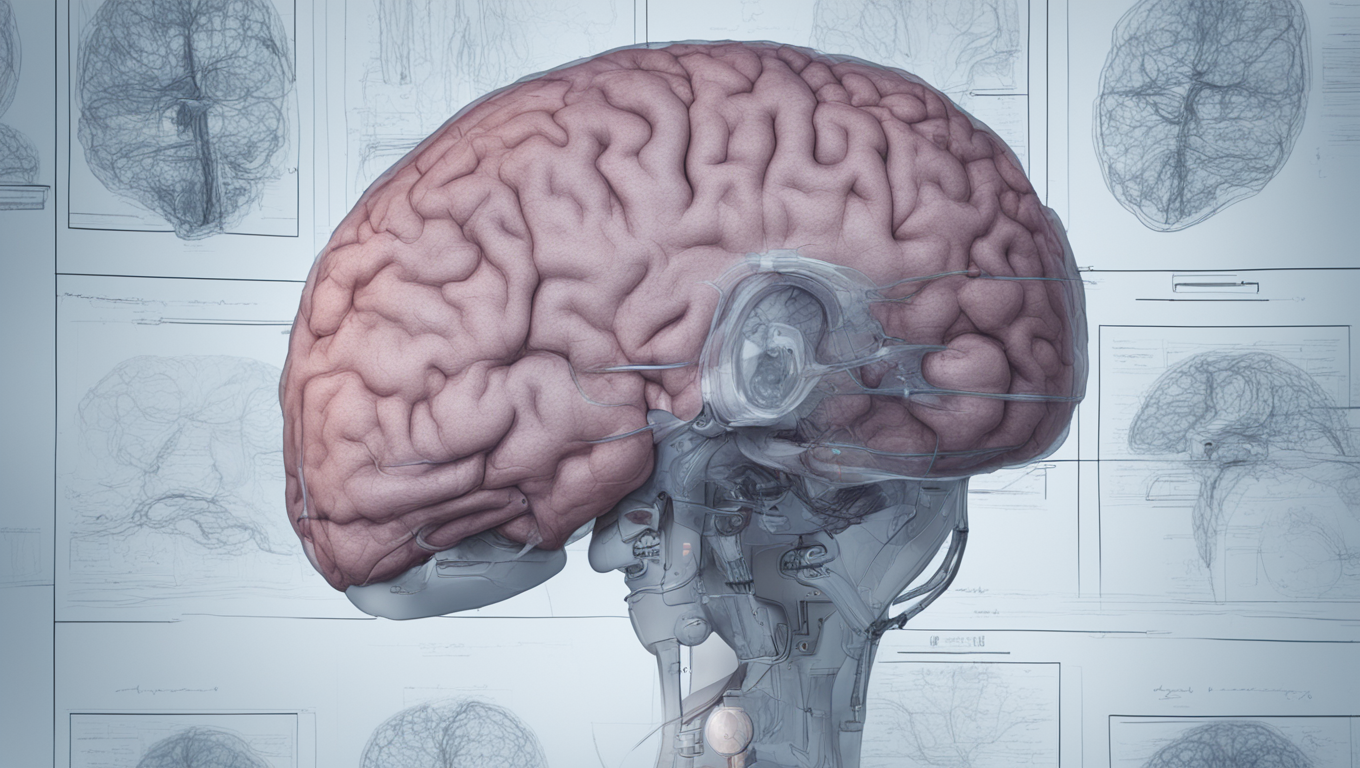An AI model that utilizes deep learning has revolutionized medical diagnosis by detecting diseases in medical images faster and more accurately than human specialists. In a groundbreaking study published in Scientific Reports, researchers from Washington State University describe the capabilities of an AI model that can identify signs of diseases in animal and human tissue images with unprecedented speed and precision. The development has the potential to greatly accelerate disease-related research and optimize medical diagnosis.
Traditionally, detecting and identifying pathologies in slide and digitized tissue images posed unique challenges due to the large size of the images and the complexity of biological tissue features. Most previous AI models were trained to work exclusively with a specific group of tissues, limiting their efficiency in handling a wide range of structures. However, the researchers in this study developed a deep learning approach that can be trained to accurately locate and classify different types of pathologies in various tissues and structures, including testicles, ovaries, prostate, and kidneys.
The AI model was optimized and validated through the analysis of different examples, and the findings were remarkable. The deep learning analysis of histopathology proved to be significantly more efficient and accurate than the standard manual analysis carried out by humans. In fact, the AI model could detect diseases in images that human specialists had missed.
“The results of our study show that deep learning has a superior performance in automating image recognition tasks and surpasses human capabilities in terms of both time and accuracy,” said one of the researchers involved in the study.
One of the key advantages of this new deep learning approach is its scalability and ability to expand its domains over time. Additionally, the model incorporates a process known as retropropagation, which allows it to learn from its own mistakes, correct them, and strive not to repeat them in the future.
The implications of this AI model are profound. Its ability to detect diseases in medical images more rapidly and accurately than human specialists could revolutionize the field of medical diagnosis. Not only could it speed up the diagnostic process, but it could also allow for earlier detection of diseases like cancer, potentially saving lives.
“The potential for this AI model to optimize medical diagnosis is immense. Being able to detect cancers from a biopsy image within minutes, instead of several hours, can make a significant difference in patient outcomes,” said a medical expert interviewed for this article.
The researchers envision a future where this AI model becomes an invaluable tool for medical professionals, enhancing their diagnostic capabilities and improving patient care. As the model continues to learn and adapt, it holds the promise of assisting specialists in even more complex and challenging cases.
In conclusion, the development of this deep learning AI model marks a significant milestone in the field of medical diagnosis. Its exceptional speed and accuracy in detecting diseases in medical images have the potential to transform healthcare and make a lasting impact on patient outcomes. As the model continues to evolve, we can expect further advancements and applications that will revolutionize the way diseases are diagnosed and treated.





Use the share button below if you liked it.